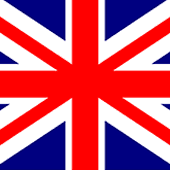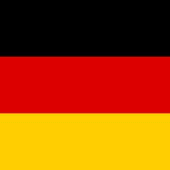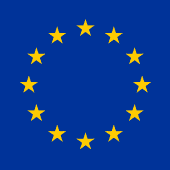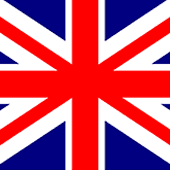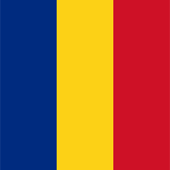morgiana blogs
Potential Uses of Coffee Husks
The coffee husk is also referred to as coffee chaff and is the dried skin of the bean. During the roasting process, the husk falls off and has usually been left behind; often used for fertilizer or just thrown away with the rest of the trash.
Coffee production and processing constitutes an important sector of agro-industry in Ethiopia, accounting for up to 65% of the total exports from the country. In addition, approximately 15 million people (20% of the population) directly make a living from the coffee industry (Wiersum et al., 2008). Industrial coffee production uses either a dry or a wet processing method for the removal of the shell and mucilaginous parts from the cherries (Pandey et al., 2000; Murthy and Naidu, 2012), resulting in the production of coffee husk and pulp, respectively. According to these authors, around two tons of such lignocellulosic residues are obtained after the de-hulling of 2–6 tons of coffee cherries. In Ethiopia, coffee cherries are mostly processed using the dry method, thereby leading to an annual release of more than 240,000 tons of coffee husk into the environment (CTA, 1999). This represents a serious environmental problem mainly due to the high content of tannins and phenolic compounds contained in this product (Fan et al., 2003). In fact, these authors reported that coffee husks contain more than 9% phenolic compounds, and as such, their direct release into the environment could inhibit plant root growth and lead to an increase in greenhouse gas emissions through anaerobic decomposition.
Therefore, it is of great importance to counterpart the high coffee production projected in future years with the proper use and disposal of the resulting residues in order to contribute towards more sustainable production and consumption systems.
Create a better and more sustainable business model for coffee growers and encourage them to provide high-quality coffee. We advocate the use of coffee husks waste to increase the additional income of coffee growers. Therefore, the MORGIANA brand team has developed the recycling of coffee husks. Processing the coffee husks into a dinner plate can not only utilize the coffee husks waste but also increase the profit for the coffee grower by purchasing the coffee husks.

And by purchasing Bamboo & Coffee Husk Dinner Plates, you are not only helping to recycle hundreds of tonnes of waste material from the production of coffee, but also reducing deforestation. Using a new type of environmentally friendly degradable coffee husk dinner plate will become a highlight on your table, giving your guests a refreshing look. That's pretty cool!
The coffee husk is also referred to as coffee chaff and is the dried skin of the bean. During the roasting process, the husk falls off and has usually been left behind; often used for fertilizer or just thrown away with the rest of the trash.
Coffee production and processing constitutes an important sector of agro-industry in Ethiopia, accounting for up to 65% of the total exports from the country. In addition, approximately 15 million people (20% of the population) directly make a living from the coffee industry (Wiersum et al., 2008). Industrial coffee production uses either a dry or a wet processing method for the removal of the shell and mucilaginous parts from the cherries (Pandey et al., 2000; Murthy and Naidu, 2012), resulting in the production of coffee husk and pulp, respectively. According to these authors, around two tons of such lignocellulosic residues are obtained after the de-hulling of 2–6 tons of coffee cherries. In Ethiopia, coffee cherries are mostly processed using the dry method, thereby leading to an annual release of more than 240,000 tons of coffee husk into the environment (CTA, 1999). This represents a serious environmental problem mainly due to the high content of tannins and phenolic compounds contained in this product (Fan et al., 2003). In fact, these authors reported that coffee husks contain more than 9% phenolic compounds, and as such, their direct release into the environment could inhibit plant root growth and lead to an increase in greenhouse gas emissions through anaerobic decomposition.
Therefore, it is of great importance to counterpart the high coffee production projected in future years with the proper use and disposal of the resulting residues in order to contribute towards more sustainable production and consumption systems.
Create a better and more sustainable business model for coffee growers and encourage them to provide high-quality coffee. We advocate the use of coffee husks waste to increase the additional income of coffee growers. Therefore, the MORGIANA brand team has developed the recycling of coffee husks. Processing the coffee husks into a dinner plate can not only utilize the coffee husks waste but also increase the profit for the coffee grower by purchasing the coffee husks.

And by purchasing Bamboo & Coffee Husk Dinner Plates, you are not only helping to recycle hundreds of tonnes of waste material from the production of coffee, but also reducing deforestation. Using a new type of environmentally friendly degradable coffee husk dinner plate will become a highlight on your table, giving your guests a refreshing look. That's pretty cool!
